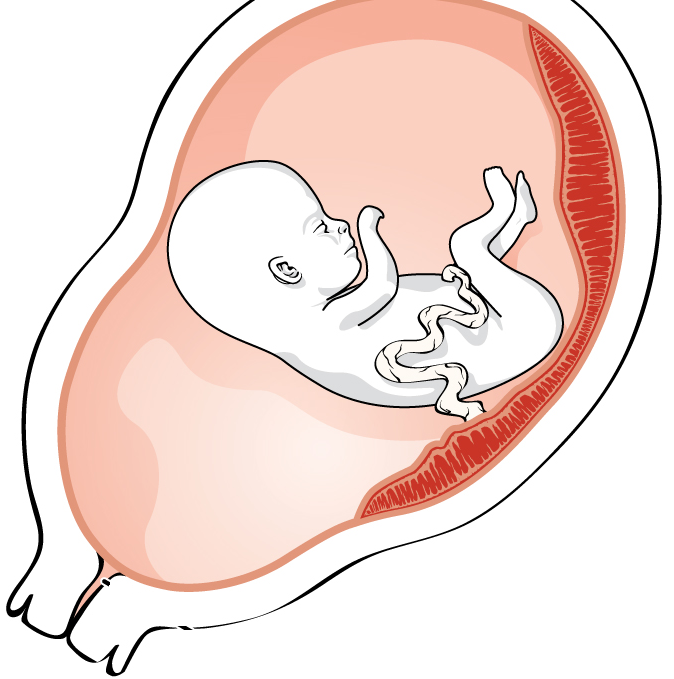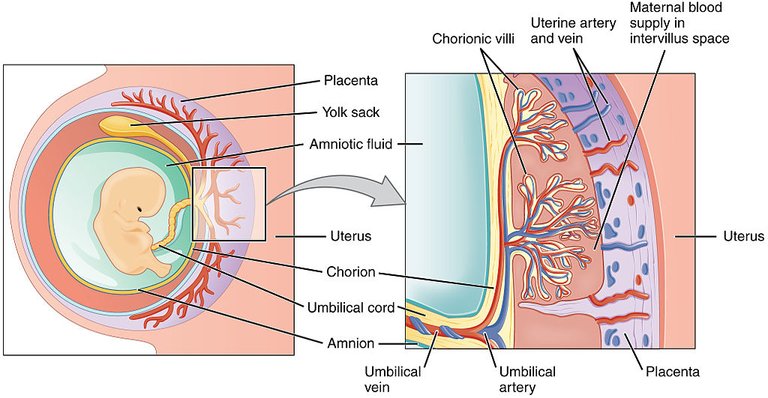This organ presents numerous functions which relate the baby to its mother and satisfies the needs of respiration, nutrition and excretion of the fetus during its growth and development.
Some of them are:
1. Barrier function.
• Separate maternal fetal circulation.
• Prevents the free passage of molecules.
• Controls placental transfer.
• Permeable to some drugs and microorganisms.
• Mediator of humoral immunity (Immunoglobulin G).

2. Transport function.
• Controlling the flow and diffusion of molecules, particles, microorganisms and medicines.
• Also controlling the concentrations on both sides of the membrane.
• Managing placental metabolism.
• Controlling the hydrostatic or osmotic pressure on both sides of the membrane.
3. Endocrine function.
• During pregnancy, the placenta forms, among other substances, large amounts of hormones (protein hormones and steroid hormones) essential for pregnancy to proceed normally.
4. Hemodynamic function.
Taking charge of two circulatory systems at the same time:
• Maternalplacental circulation.
• Fetoplacental Circulation.
And it also regulates its own blood flow.

5. Metabolic function.
• Synthesizes and provides the fetus the metabolic products that are necessary for its evolution and growth.
6. Respiratory function.
• The placenta is the first fetal lung, although with less capacity.
• Through the circulation and gaseous exchange of the mother, the placenta is responsible for providing the fetus with oxygenated blood.
@mariaagarcia
If you liked this article, give it to resteem, so the information will be shared and it will reach more people.
Bibliography:
Obstetrics and Maternal-Fetal Medicine Editorial Panamericana.
Images:
Google images '' Labeled for reuse ''. Source: Wikimedia.